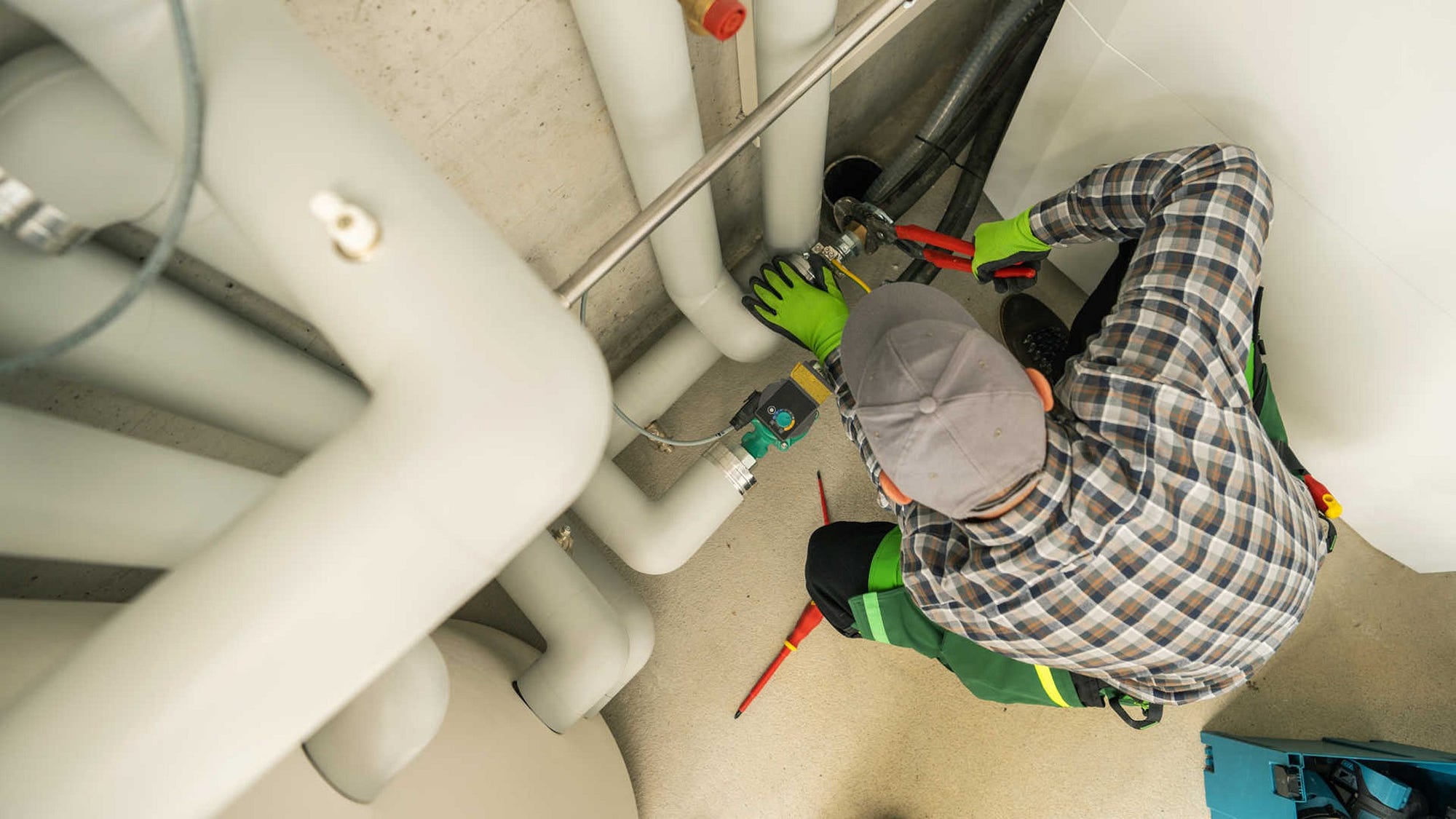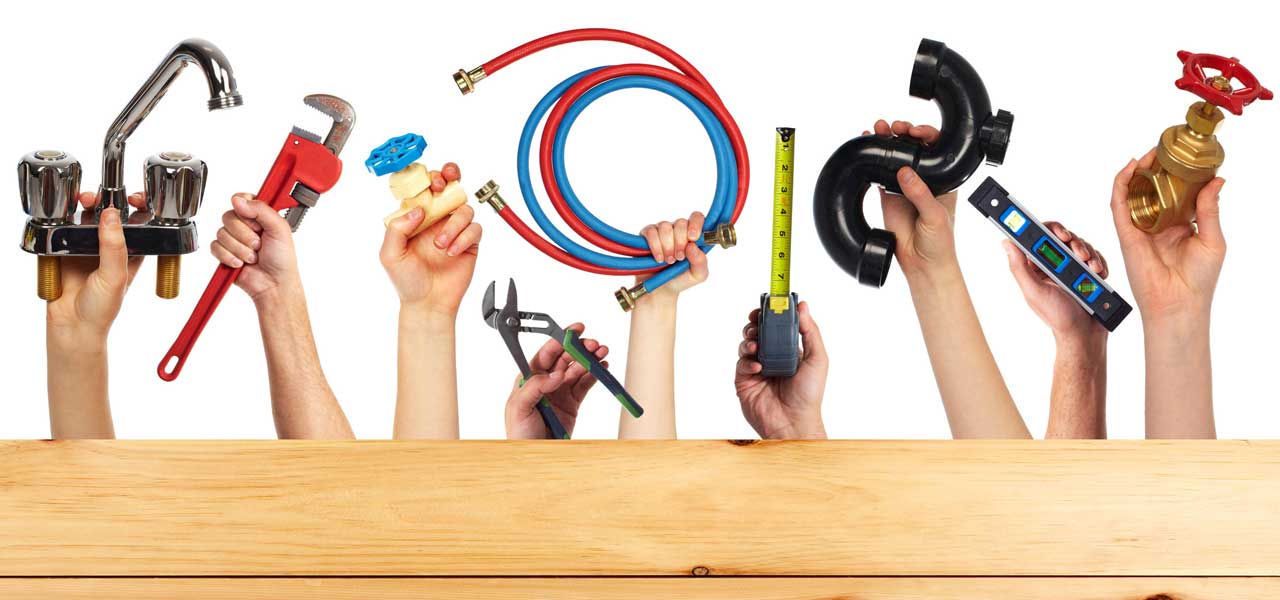Learning the Core Concepts of Home Plumbing: A Beginner's Introduction
Learning the Core Concepts of Home Plumbing: A Beginner's Introduction
Blog Article
We've noticed this post pertaining to Understanding the Basics of Your Home's Plumbing System below on the internet and reckoned it made perfect sense to write about it with you on my blog.

Plumbing is a crucial facet of any kind of home, in charge of supplying tidy water for drinking, cooking, and showering, in addition to getting rid of wastewater safely. Understanding the essentials of home plumbing is important for each house owner to make sure correct upkeep, troubleshooting, and, if essential, repairs. In this newbie's guide, we'll cover the basic concepts of home plumbing to aid you come to be much more aware of how it works.
Water Heater
The water furnace is responsible for heating water for residential use, consisting of bathing, cooking, and cleaning. Common types of hot water heater consist of tank-type water heaters, tankless (on-demand) hot water heater, and heat pump hot water heater. The hot water heater is connected to the water system system and delivers hot water to plumbing components as needed.
Drainage System
The drain system removes wastewater from your home and brings it away to a sewer therapy center or septic system. It includes a network of pipelines, fittings, and components that transport wastewater from plumbing fixtures to the primary drain line or sewage-disposal tank. Appropriate drain is important to protect against clogs, backups, and sewage leaks.
Ventilation System
The ventilation system assists preserve appropriate atmospheric pressure and protect against sewage system gases from entering your home. Vent pipelines, also known as air vent heaps, expand from plumbing components to the roof covering, enabling sewage system gases to run away securely outside. Air flow pipes likewise permit air to go into the water drainage system, facilitating smooth wastewater flow and preventing suction or vacuum effects.
Water System
The supply of water system brings tidy water into your home from a community water source or an exclusive well. It includes a main water line that attaches to your home's plumbing system, normally located underground. A water meter gauges the amount of water eaten, while a shut-off valve allows you to regulate the circulation of water right into your home.
Plumbing Fixtures
Plumbing components are gadgets that deliver water to different parts of your home and include sinks, taps, toilets, showers, bath tubs, and appliances such as dish washers and washing equipments. Each fixture is linked to the water supply system using pipes and installations and may have its shut-off valve for upkeep or emergencies.
Typical Plumbing Tools
Having the right tools handy is necessary for performing fundamental plumbing repairs and maintenance jobs. Common plumbing tools consist of flexible wrenches, pipe wrenches, pliers, pipeline cutters, hacksaws, bettors, augers (or drain snakes), and Teflon tape. Having these devices readily available can assist you take on small plumbing issues effectively.
Standard Plumbing Repairs
While some plumbing repair services might require expert help, several common issues can be attended to with fundamental do it yourself strategies. Knowing exactly how to take care of a dripping tap, unclog a drainpipe, change a toilet flapper, or repair a leaking showerhead can save you money and time on plumbing repair services.
Verdict
Understanding the basics of home plumbing is vital for every property owner to preserve a risk-free, practical, and reliable plumbing system. By acquainting on your own with the water system, plumbing components, water drainage system, air flow system, usual plumbing devices, and fundamental repair services, you can with confidence attend to small plumbing concerns and guarantee your home's plumbing system operates smoothly.
Plumbing for Beginners: A Comprehensive Guide
If you’re a beginner when it comes to plumbing, don’t worry; you’re not alone. Plumbing may seem intimidating, but with the right knowledge and a little practice, you can handle many common plumbing issues on your own. In this comprehensive guide, we will demystify the world of plumbing for beginners, providing you with the basic knowledge and skills needed to tackle common plumbing problems and even take on some DIY plumbing projects.
The Importance of Basic Plumbing Knowledge for Beginners:
First and foremost, basic plumbing knowledge gives you a solid foundation. It helps you grasp the key concepts and terminology that are essential in this field. By learning the basics, you’ll be able to build upon that knowledge and tackle more complex plumbing tasks in the future.
Having a basic understanding of plumbing also enables you to handle common issues that may arise in your home. Picture this: a leaky faucet or a clogged drain. With some basic plumbing knowledge, you’ll have the confidence to troubleshoot and fix these problems on your own. It saves you from unnecessary expenses and the hassle of waiting for a professional to arrive.
As a beginner, learning the basics of plumbing empowers you to take care of your own home. It gives you a sense of independence and self-reliance. You’ll no longer have to rely solely on professionals for every small issue that pops up. Instead, you can handle many tasks yourself, saving time and money in the process.
Remember, everyone starts as a beginner. Embrace the learning process and take small steps to expand your plumbing knowledge. There are plenty of online resources, tutorials, and even local workshops that talk about plumbing for beginners.
Essential Tools for Plumbing for Beginners
As you start your plumbing journey, having the right tools in your toolbox is crucial. Let’s explore some of the must-have tools:
Adjustable Wrench:
This versatile tool is a staple in any plumber’s toolbox. It allows you to tighten or loosen nuts and bolts of various sizes. Make sure to have an adjustable wrench with a comfortable grip.
Pipe Wrench:
A pipe wrench is specifically designed for gripping and turning pipes. It has serrated jaws that provide a strong grip, making it easier to loosen or tighten threaded pipes and fittings.
Plunger:
The plunger is a simple yet effective tool for clearing clogged drains and toilets. It creates suction when you push and pull, helping to dislodge blockages. Keep a good-quality plunger handy for those unexpected clogs.
Pipe Cutter:
When it comes to cutting pipes, a pipe cutter is your go-to tool. It creates clean, precise cuts without damaging the pipe. Look for a pipe cutter that can handle the pipe sizes you’re working with.
Hacksaw:
A hacksaw is useful for cutting through pipes, screws, and other materials. It’s a versatile tool that can handle different cutting tasks. Remember to use a blade suitable for cutting metal.
Tape Measure:
Accurate measurements are crucial in plumbing. A tape measure allows you to measure pipe lengths, distances, and dimensions accurately. Opt for a sturdy tape measure that extends a good length.
Pliers:
Pliers come in handy for various tasks, such as gripping, bending, and cutting. Slip-joint pliers with adjustable jaws are great for gripping pipes, nuts, and bolts.

I recently found that write up about Plumbing Basics For Every Home: The HomeTriangle Guide when doing a search on the search engines. Those who appreciated our blog entry if you please consider to share it. I am grateful for your time. Come back soon.
Website Report this page